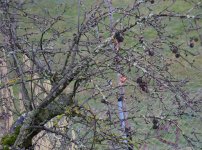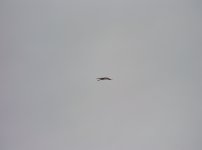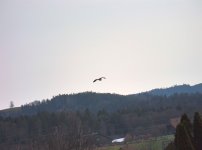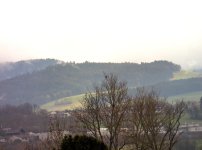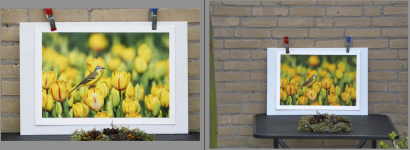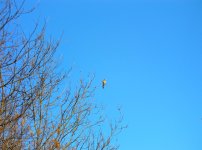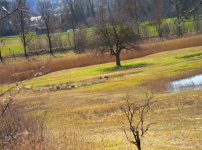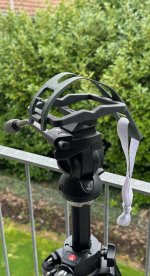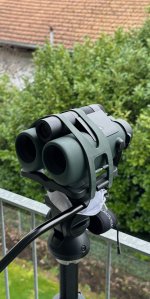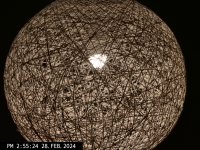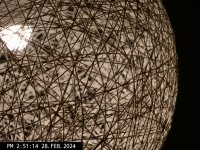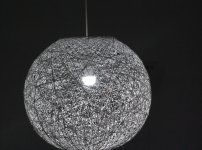Anything less than 400mm equiv would be mostly useless to me, unless using a very high MP sensor where crop factor could provide 600-800mm effective.
After some more days getting used to the Visio , I think the current focal length satisfies up to a limited distance, but something like 400mm equiv would be welcome as it would allow to do IDs at greater distances than is the case today. Now, even well visible birds are often too far away and therefore too small in the camera for identification in the Visio (you often have more luck with later ID in the Merlin app), even if you see them well and clearly in the binocular.
At relatively short distances (up to around 50 yards), and for large birds in flight up to perhaps about 100 yards, the identification works quite well, esp. in good light. Would be great to be able to double these distances.
Attached are a few more photos with which the Visio did correct in-device IDs, plus one where the distance was too great:
- BT Blue Tit at short distance
- Grey Heron at 60 yards
- Grey Heron 2 at 80 yards
- MB Common Buzzard at 260 yards (not identified).




